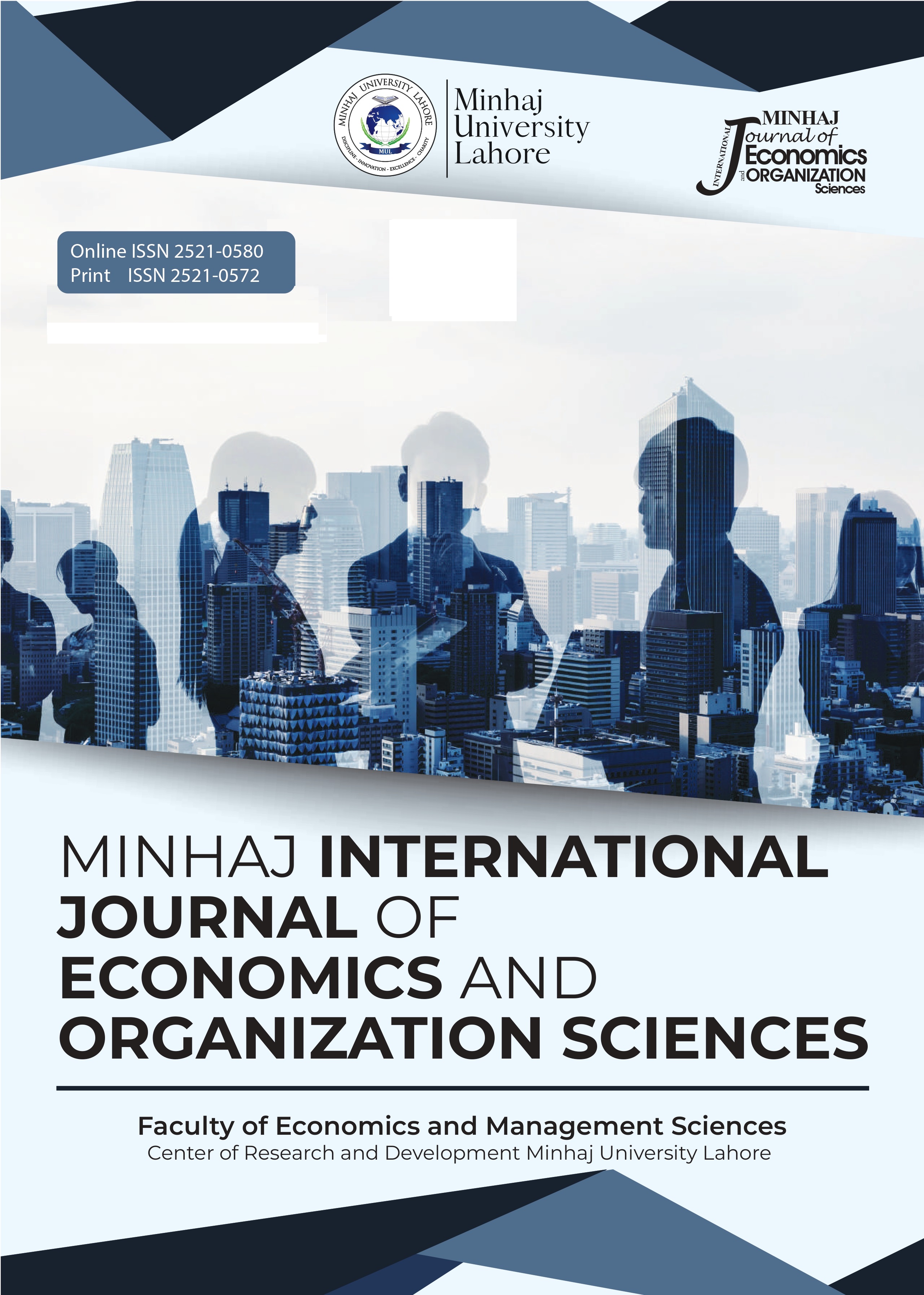Pathways to Employee Retention: The Role of Perceived Support, Work Environment, and Organizational Commitment
DOI:
https://doi.org/10.58932/MULE0020Keywords:
Perceived organizational support, work environment, organizational commitment, employee retention, nursing sector, PakistanAbstract
Employee retention is a pressing challenge for healthcare organizations facing nurse shortages and high turnover costs. This study examines the influence of perceived organizational support (POS) and work environment (WE) on employee retention (ER), with organizational commitment (OC) as a mediator, among nurses in private hospitals in Punjab, Pakistan. Guided by social exchange theory, data were collected from 413 nurses using a structured survey and analyzed through regression and mediation techniques. Findings show that POS and WE significantly enhance retention, with OC partially mediating the WE–ER link but not the POS–ER relationship. These results suggest that while supportive environments foster commitment and retention, organizational support directly drives retention. The study contributes to employee retention literature in the healthcare context of Pakistan and offers practical insights for hospital administrators and policymakers to promote workforce sustainability.
References
Allen, N. J., & Meyer, J. P. (1990). The measurement and antecedents of affective, continuance, and normative commitment to the organization. Journal of Occupational Psychology, 63(1), 1–18. https://doi.org/10.1111/j.2044-8325.1990.tb00506.x
Arasanmi, C. N., & Krishna, A. (2019). Employer branding: Perceived organizational support and employee retention – The mediating role of organizational commitment. Industrial and Commercial Training, 51(3), 174–183. https://doi.org/10.1108/ICT-10-2018-0086
Eisenberger, R., Huntington, R., Hutchison, S., & Sowa, D. (1986). Perceived organizational support. Journal of Applied Psychology, 71(3), 500–507. https://doi.org/10.1037/0021-9010.71.3.500
Karamaliani, R., Niaz, U., Saleem, S., & Gul, A. (2016). Challenges faced by Pakistani nurses due to migration. Journal of the College of Physicians and Surgeons Pakistan, 26(9), 791–793. Retrieved from https://www.jcpsp.pk/
Kyndt, E., Dochy, F., Michielsen, M., & Moeyaert, B. (2009). Employee retention: Organizational and personal perspectives. Vocations and Learning, 2(3), 195–215. https://doi.org/10.1007/s12186-009-9024-7
Meyer, J. P., & Allen, N. J. (1991). A three-component conceptualization of organizational commitment. Human Resource Management Review, 1(1), 61–89. https://doi.org/10.1016/1053-4822(91)90011-Z
Mousa, M. (2019). Nurses’ turnover in the health care sector: A literature review. International Journal of Nursing Studies, 94, 21–31. https://doi.org/10.1016/j.ijnurstu.2019.02.012
Msengeti, D. M., & Obwogi, J. (2014). Effects of pay and work environment on employee retention: A study of hotel industry in Mombasa County. International Journal of Scientific and Research Publications, 4(4), 1–10. Retrieved from http://www.ijsrp.org/research-paper-0414.php?rp=P282567
Parveen, K. (2016). Nursing workforce crisis in Pakistan: A policy perspective. Pakistan Journal of Public Health, 6(1), 12–16. Retrieved from http://pjph.org/
Sari, N. K., & Gustiayumanuatidewi, N. M. (2020). Organizational commitment as mediation on the effect of organizational culture and job satisfaction on turnover intention. International Journal of Economics, Commerce and Management, 8(6), 227–238. Retrieved from http://ijecm.co.uk/
Zhang, X., Lepine, J. A., Buckman, B. R., & Wei, F. (2014). It’s not fair ... or is it? The role of justice and leadership in explaining work stressor–job performance relationships. Academy of Management Journal, 57(3), 675–697. https://doi.org/10.5465/amj.2011.1110











